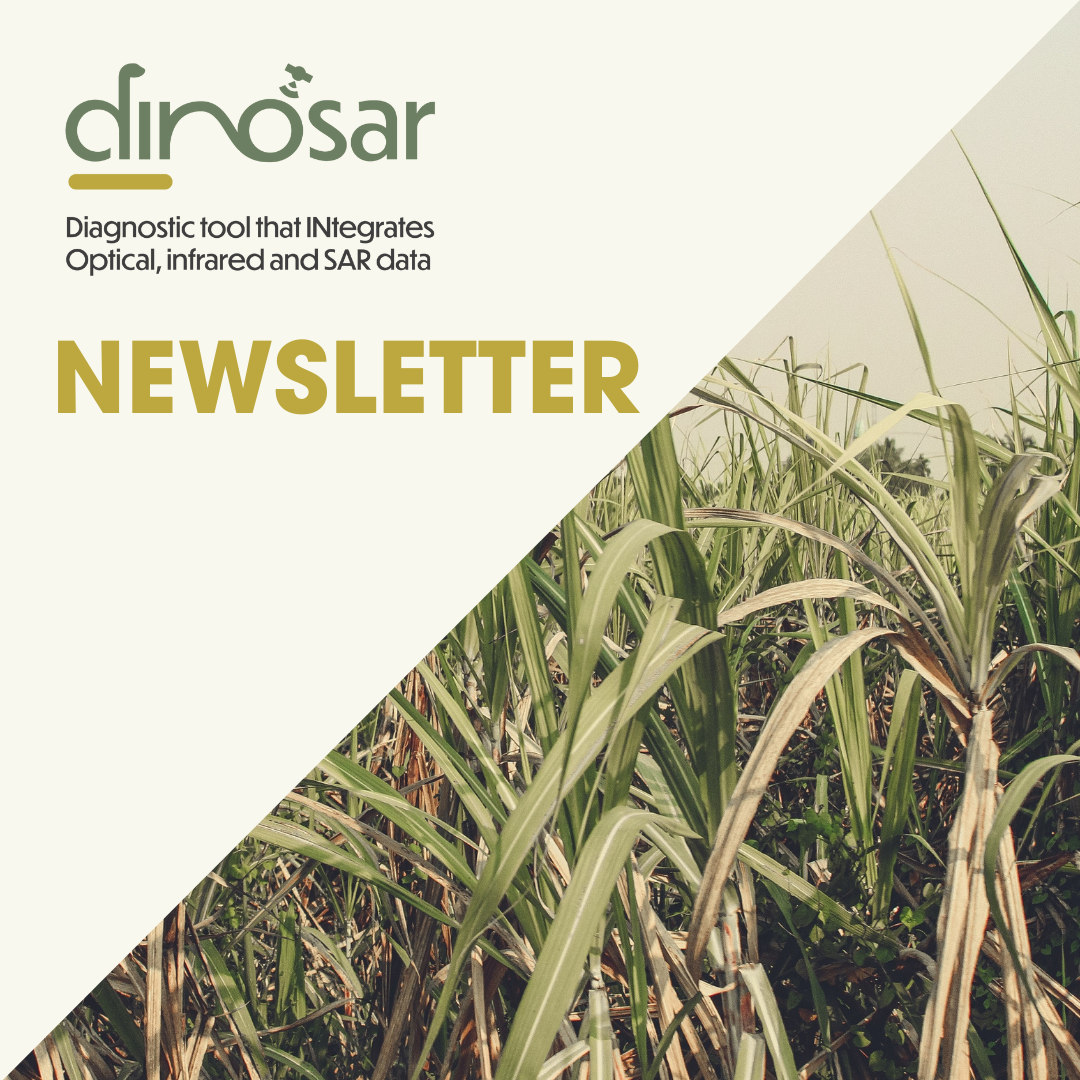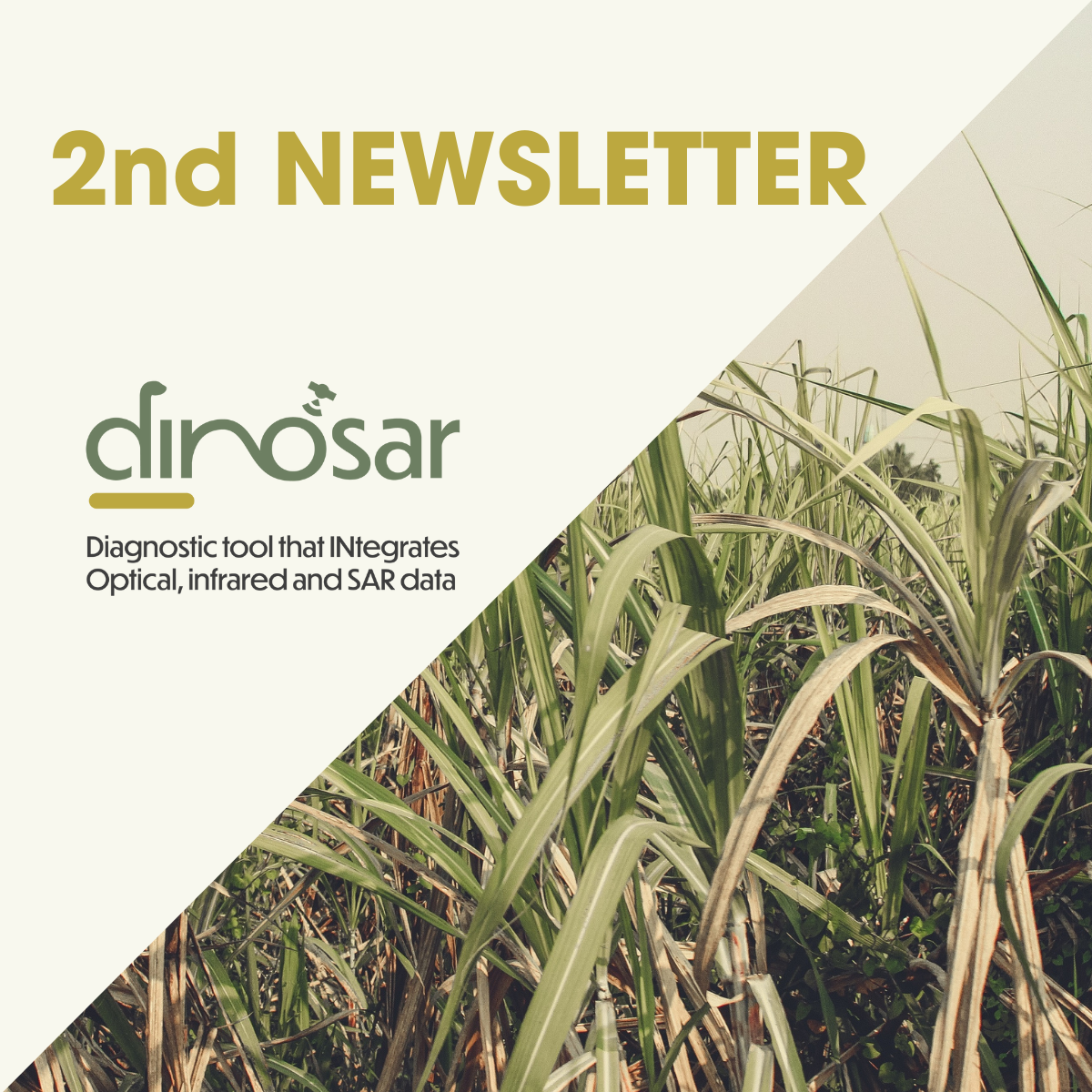
Newsletters
DINOSAR 1st Newsletter
Consult here the very first Newsletter of the DINOSAR project!

DINOSAR Newsletter #2
Consult here the very second Newsletter of the DINOSAR project!

Newsletters
Consult here the very first Newsletter of the DINOSAR project!

Consult here the very second Newsletter of the DINOSAR project!